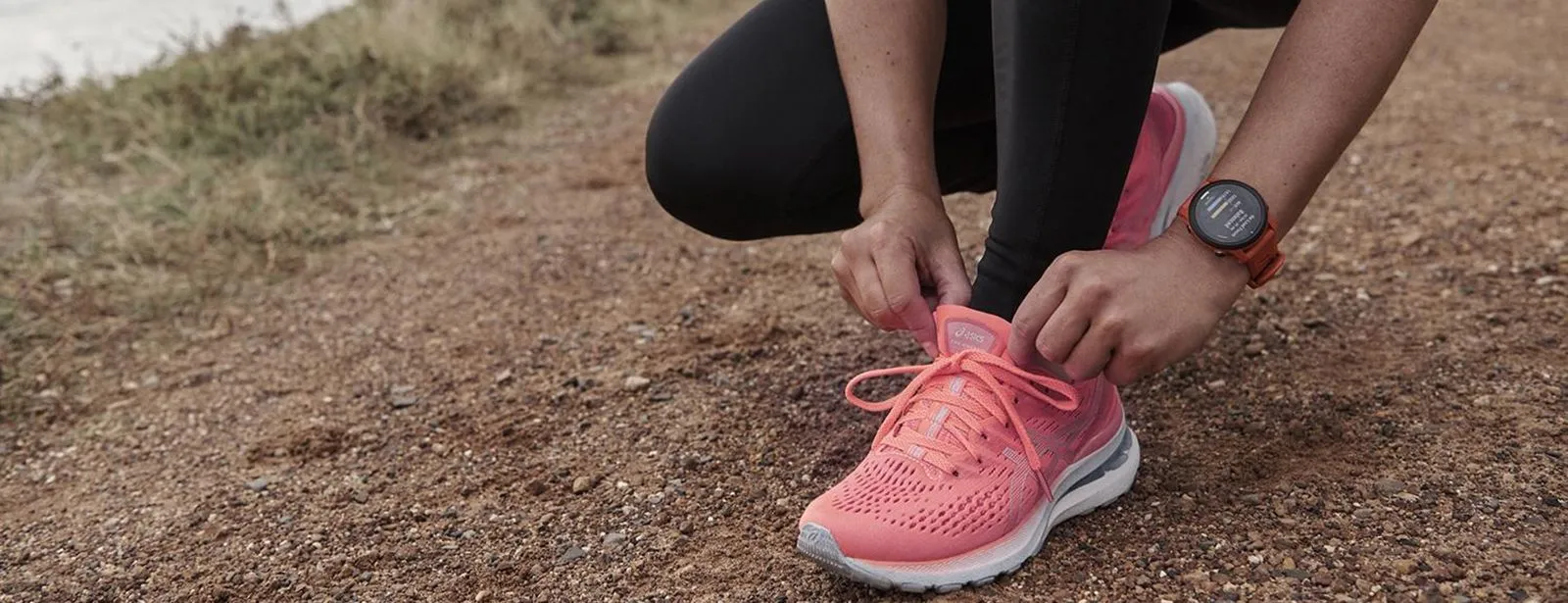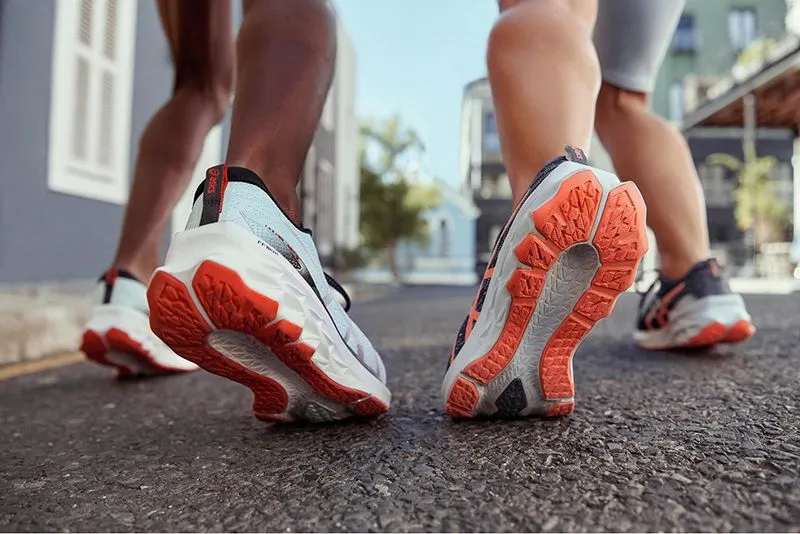
When to change your running shoes?
June 28, 2021
They’ve taken you on adventures in rain, sun and snow, over dirt tracks, city streets and muddy fields. But there comes a time when you have to replace your pair of worn out and well-loved running shoes – and that’s when the signs you need new running shoes start to appear.
Experienced runners can often tell instinctively when it’s time to change their running shoes – there are plenty of tell-tale signs in the shoes themselves, as well as how you feel when you run in them. Read our guide to understand when to change your running shoes and what to look out for in a pair of shoes that are past their prime.
Why should you replace older running shoes?
As your running shoes get older, the support systems built into them start to break down:
- Cracks in the midfoot - The central area of your shoes offers a lot of support for your arches. If cracks start to appear, your arches get less of the support they need.
- The shoes lose ‘balance’ - The way you strike the ground may mean one shoe gets worn down more quickly than the other. That means your feet don’t receive equal support and your body is effectively running on an uneven surface.
- Increased risk of discomfort and injury - Running in a pair of worn-out shoes can put your legs and feet under unnecessary strain which increases the risk of injuries.
- Less cushioning - Over time, even the best running shoes stop providing you with the same amount of cushioning they offered when you first bought them. If the shoe’s support system is degraded, you risk damage and pain in your joints and feet.
- Less grip - Over time, the tread on your shoes inevitably wears down. This increases your risk of slipping, especially on wet surfaces.
- Feet move too much - By the end of a running shoe’s life, it offers less structure in the upper part of the shoe, meaning your feet may move around too much. This can also cause stress on your feet and leg muscles.

When should you replace your running shoes?
It’s generally recommended that runners replace their shoes every 400 to 500 miles. To put things into perspective, that’s (very roughly) the kind of distance you’d cover when training for one marathon. After this distance, most running shoes will experience a fairly significant amount of wear and tear and no longer offer the kind of support you need. If you’re a heavier person, you’ll likely need to replace them more often than someone with a lighter frame.
How can you tell when you’ve run 400 to 500 miles?
If you don’t write down your distances after every run or do the same route again and again, you might find it useful to download the ASICS Runkeeper app . It logs every mile you run for you and collates data on the distance you’ve covered over time.
Signs you need new running shoes
If you’re not sure how far you’ve run in your current running shoes, there are certain clues to look out for that will tell you how long they have left or whether it’s time for a new pair.
- You’ve started to notice pain when running: Pain when running is one of the clearest signs that you need to change your running shoes. If you never noticed pain before and haven’t had any other injuries or major changes in your running routine, worn-out shoes could be the culprit. This is especially likely if you notice the pain in both legs. Feeling discomfort in both knees, in particular, is a sign that your shoes’ cushioning system has broken down.
- There are tears in the upper mesh: If you notice tears in the fabric around the toe box, this is normally a sign that the shoes are on their way out. Your feet will move more as a result and you will not receive the support you need.
- The shoes no longer sit flat on the ground: Place your shoes on the ground and look at how they ‘stand’. A pair of newer running shoes will normally stand up straight, whereas older shoes will lean or sag quite noticeably.
- The midsoles feel soft and look ‘crushed’: The midsole is the part of the sole between the tread and the upper. If you compare a worn-out pair of shoes with a new pair, the midsole in the older pair will feel soft and look crushed, whereas in new pairs, the midsole feels quite rigid and holds its form.
Is it time to retire your running shoes?
Making sure you’re running in a pair of supportive shoes is absolutely essential, as it reduces the risk of injury and keeps you running with the best form. If yours are on their last legs, it might be time to start browsing for a new pair of shoes. The ASICS Shoe Finder will help you choose the right pair for you.
Does that mean you should toss your old pair out? No. You can still use them for walking or working in the garden. If they’re not even good for that, then recycle them using your local shoe recycling service.
